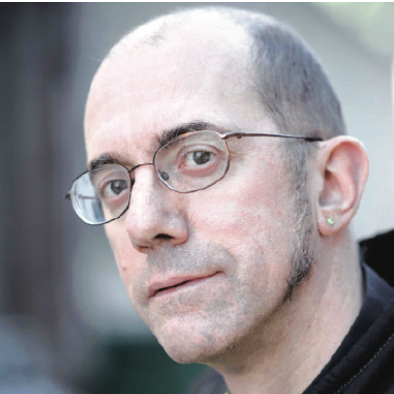Ordaining Women
She stood out in her red tartan mini dress as she walked through the staid sleepy cloisters of St Albans Abbey in England. But then I saw the dress had a clerical collar and I realised she was a priest. It was all I could do to keep my mouth closed and my eyes from staring. This was the mid-nineties and the Church of England (C of E) had finally agreed to have women priests, 20 years after the Anglican Church of Canada (ACC). I was at the cathedral to meet the director of ordinands, as I considered selection as a priest. I remember this priest as a sign of hope that the Church was changing. It was a sign that gave me, as a privileged white middle class male, encouragement to go forward in my call.
At seminary I had a number of women friends whose different perspective was helpful in class and out of class. My friend Sue was bubbly and smart and always worth talking issues over with. Even though we shared an engineering background we had very different approaches to theology and spirituality. She seemed able to go deep when I was just skating over the surface. Through her career as a priest she has made decisions that have inspired and challenged me. She related to her bishop in ways I would not have dreamed of doing. She took two years unpaid leave to live in West Africa, as a learner not a teacher.
When I arrived in the Kootenay’s I found we have a significant number of locally trained priests (LTPs), and a large proportion of these are women. I have had the privilege of working alongside and supporting these fine priests. Their commitment to unpaid and under-appreciated work frequently astounds me. The Nelson parish was able to keep going without an incumbent for years because of the work of its LTPs. I am deeply grateful for all their gifts to us.
The ACC does not keep the statistics for genders in the various types of ordained ministry; however, the C of E does keep these numbers and reports women make up around 30% of paid clergy and 50% of unpaid clergy. My region has four incumbents and seven LTPs; all the incumbents are currently men whilst five of the LTPs are women. Women make up about one third of the House of Bishops and 3 of 5 Archbishops. I see these numbers reflected in the wider make-up of our Anglican Church of Canada (ACC) clergy and wonder what they say about the current and future state of ministry in the ACC.
I have always valued ordained women as colleagues and as superiors. Their ministry has made me a better priest and made the church a better place. I was honoured to be able to vote for the first female archbishop of our province and for the first female bishop of this diocese. Why did I vote for them? In both cases it was primarily because I thought the person was the strongest candidate, irrespective of gender. But it was also because I believe that a woman in the job would be the best person to effect change. I believe it is good for the church to have a woman at the top when too few organisations do. The ordination of women brings change that is both personal and symbolic, just like the time I saw the priest in the red dress.
In the Anglican Church of Canada we are celebrating 45 years of women priests. A Canadian Anglican church without women priests would not be inclusive or diverse in other aspects either. Women’s leadership in the church helps us see things differently and make better decisions. Without women’s ordination the church would still be saying that God is an old (white) man. In many places the church would simply not be running. Women’s ordination has been a blessing that continues to help the church in this time of change.


